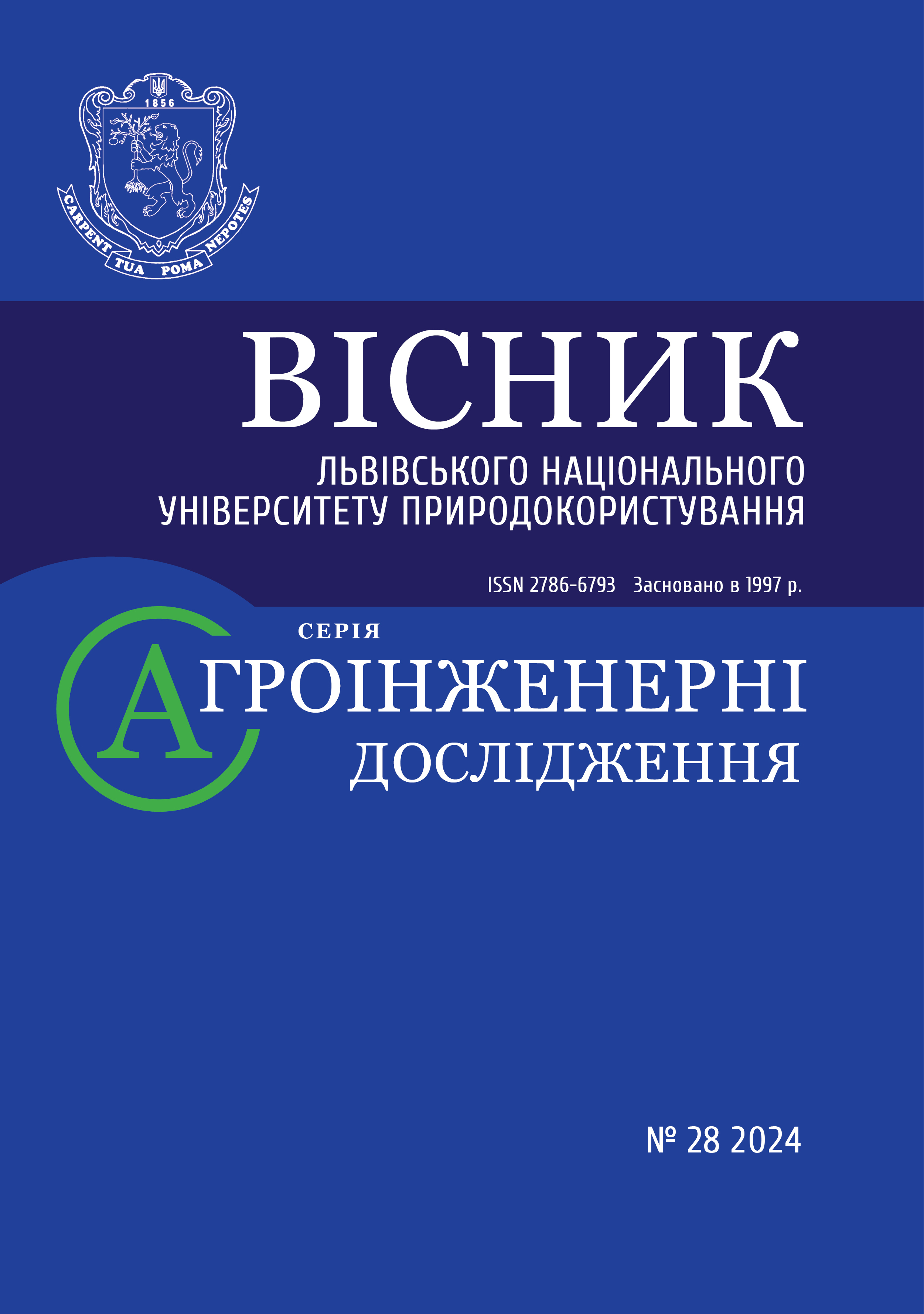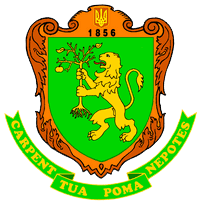Methodological complex for determining cutting force during turning operations
DOI:
https://doi.org/10.31734/agroengineering2024.28.031Keywords:
turning-milling machine, cutting force, LabVIEW environment, methodological measurement complex, application softwareAbstract
The work presents a comprehensive methodology for determining cutting force during turning operations. Reducing energy consumption in mechanical metal processing is crucial for optimizing production. Energy consumption can be measured directly or indirectly. To minimize the time spent measuring cutting force and other technological parameters, computer-based measurement and modeling methods can be employed. This assessment of necessary technological parameters in mechanical metal processing can be facilitated using virtual tools in the LabVIEW software environment developed by National Instruments. This software offers several advantages: it utilizes a visual programming language, features an intuitive user interface, allows for real-time use of external input/output devices, and provides robust data visualization tools that can display data in graphs, diagrams, and tables. Additionally, it supports various operating systems, including Windows, macOS, and Linux, making it versatile for use on different devices. The LabVIEW environment is thus proposed for determining the technological parameters of turning operations. The primary component of cutting force can be established by continuously inputting data from a torque dynamometer (DK1) that includes a hardware-software system for obtaining a digital signal of the measured quantities. Other components of cutting force can be estimated using analytical methods within the LabVIEW software. This approach enables research across a wide range of technological parameters in mechanical metal processing on turning-milling machines, while allowing for real-time visualization and analysis of the measured parameters on a PC.
References
Arduino. Retrieved from https://docs.arduino.cc/hardware/mega-2560/.
Boiarchuk, V., Syrotiuk, S., Syrotiuk, V., Korobka, S., Ptashnyk, V., Baranovych, S., & Sheremeta, R. (2023). Modeliuvannia fotoelektrychnoi paneli v seredovyshchi LabVIEW. Visnyk Lvivskoho natsionalnoho universytetu pryrodokorystuvannia. Seriia “Ahroinzhenerni doslidzhennia”, 26, 71–76. doi: 10.31734/agroengineering2022.26.071.
Chen, W. (2000). Cutting forces and surface finish when machining medium hardness steel using CBN tools. Int. J. Mach. Tools Manuf., 40, 455-466.
Chouder, A., Silvestre, S., Taghezouit, B., & Karatepe, E. (2013). Monitoring, modelling and simulation of PV systems using LabVIEW. Solar Energy, 91, 337-349.
Kring, J., & Travis, J. (2006). LabVIEW for Everyone: Graphical Programming Made Easy and Fun. 3rd edition. Prentice Hall.
Kushnir, E., Portman, V. T., Aguilar, A., & Clark, W. (2023). Cutting force excursion in turning. Procedia CIRP, 118, 495-500. doi: 10.1016/j.procir.2023.06.085.
Lalwani, D. I., Mehta, N. K., & Jain, P. K. (2008). Experimental investigations of cutting parameters influence on cutting forces and surface roughness in finish hard turning of MDN250 steel. Journal of materials processing technology, 206, 167-179.
Larsen R. W. (2011). LabVIEW for Engineers. Pentice Hall.
Maidaniuk, S. V., & Plivak, O. A. (2016). Modul vymiriuvannia syl rizannia. Visnyk NTUU “KPI”. Seriia mashynobuduvannia, 2 (77), 15-22.
Niruban Projoth, T., De Poures, Melvin V., & Nanthakumar, P. (2021). Analysis and prediction of cutting force through lathe tool dynamometer in CNC turning process. Materials Today: Proceedings, 46(9), 4174-4179. doi: 10.1016/j.matpr.2021.02.681.
Nur, R., Yusof, N. M., Sudin, I., Nor, F. M., & Kurniawan, D. (2021). Determination of Energy Consumption during Turning of Hardened Stainless Steel Using Resultant Cutting Force. Metals, 11(4). doi: 10.3390/met11040565.
Sadílek, M., Dubsk´y, J., Sadílková, Z., & Poruba, Z. (2016). Cutting forces during turning with variable depth of cut. Perspectives in Science, 7, 357-363.
Syrotiuk, S., Syrotiuk, V., & Halchak, V. (2015). Fuzzy-Logic kontroller upravlinnia rezhymamy roboty vitro-elektrychnoi ustanovky. Motrol. Commission of motorization and energetics in agriculture. An international journal on operation of farm and agri-food industry machinery, 17(4), 39-46.
Syrotyuk, S., Boyarchuk, V., Korobka, S., Ptashnyk, V., Baranovych, S., Sheremeta, R. … Sokołowski, P. (2024). Design And Research Of Computer Model Of Wind Turbine Using Labview. Przeglad Elektrotechniczny, 4, 281-285. doi: 10.15199/48.2024.04.58.
Tsyfrovyi indykator MIKROTEKh YChTs-13. Retrieved from https://microtech-ua.com/index.php?id_product=11763&controller=product&id_lang=2.
Yadav, Y., Roshan, R., Umashankar, S., Vijayakumar, D., & Kothari, D. P. (2013). Real time simulation of solar photovoltaic module using labview data acquisition card. International Conference on Energy Efficient Technologies for Sustainability, 512-523.


